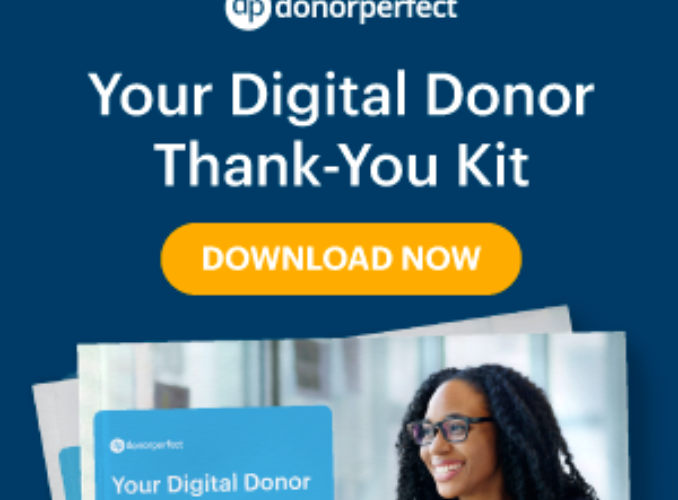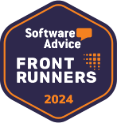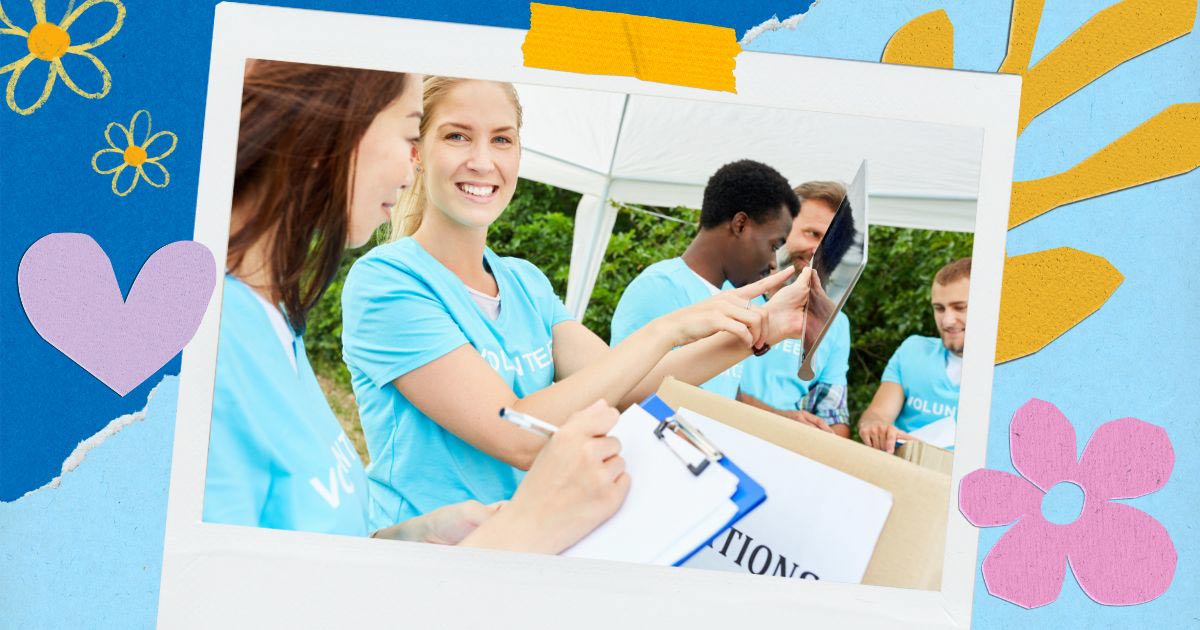5 Steps to Host or Participate in a Successful Giving Day
Imagine you have one day a year to fundraise however you want.
For 24 hours, you have the chance to energize your community and constituents through initiatives that make great use of everyone’s time (including donors, beneficiaries, volunteers, advocates, and strangers). You have everything you need to make it happen virtually or in person (gift collection and processing tools, communication platforms, etc.).
How would you get creative with your campaign?
We just described nonprofit Giving Days, a fresh, flexible approach to donor engagement and retention that can be planned for any time of year. Whether you host your own or join an existing Giving Day, a nonprofit CRM has everything you need to maximize your resources without stressing about budget, turnover, or giving declines.
Why Giving Days?
Giving Days are an incredible opportunity for your nonprofit to create meaningful connections with both new and loyal supporters, providing a platform to rally people around a shared goal. By organizing an event tailored to your specific cause or location, you can engage a broader (yet more engaged) audience, including volunteers and advocates, to help you overcome challenges like donor churn and declining contributions.
Giving Days also enhance your personalized outreach opportunities, especially for new and lapsed donors, and even your non-givers. Research shows that timely solicitation and incentives, like matching gifts and giving challenges, can lead to more generous contributions. Volunteers also play a significant role in strengthening your social influence, as their ongoing commitment to the cause can inspire others, remaining strong even when overall donation rates dip.
5 Steps to Host or Participate Successfully
Step 1: Audit your system to determine your bandwidth.
So much potential lies in Giving Days, as they can be planned and celebrated however your team is most comfortable. There’s no need for the kind of pressure that often comes with participating in Giving Tuesday, for example.
To scope your event, run down the list of features in your fundraising software:
- Do you have an event management module?
- How about a mobile app for on-the-go donation processing?
- Does your donation page allow for customization, or will you use other avenues to tell your story and communicate your appeal?
- Can you leverage crowdfunding initiatives to spread the word?
- What’s your team’s capacity for writing fundraising communications – do you have any templates or automation tools you can leverage to save time?
- Do you have a direct mail solution to send personalized letters or postcards?
- Do you have a social media account where you can post goal updates?
To lighten your task load, consider a virtual event to lighten your load! Many Giving Days take place online, allowing for 24 hours of excitement through giving challenges, regular impact updates, beneficiary spotlights, or whatever fits your current bandwidth.
A donation form and social media account is a great place to start!
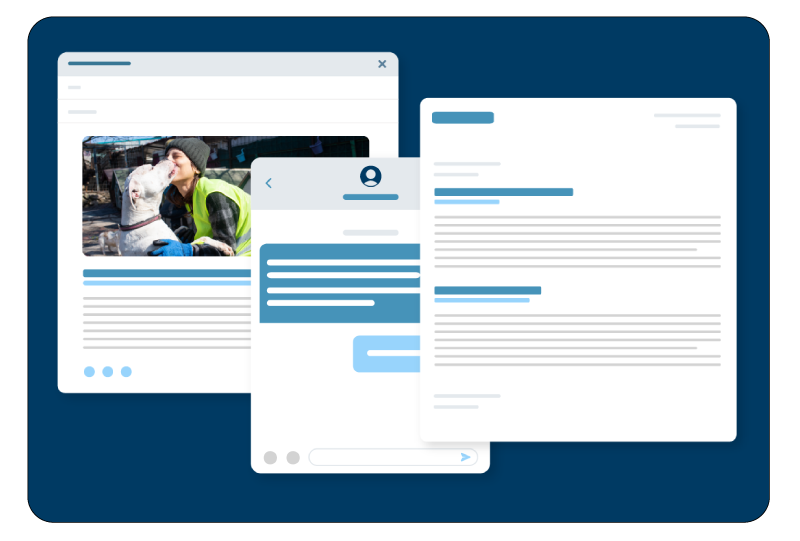
With comprehensive fundraising software like DonorPerfect, one system can encompass every tool you need to bring your campaign to life! For example, you can:
Step 2: Analyze past campaign data to maximize resources.
Even if you’ve never participated in a Giving Day or Giving Tuesday, you can maximize limited resources by analyzing your past campaigns to see which communication channels and giving methods perform best.
For example, you don’t have to budget for direct mail efforts if they’ve been getting mixed results. All of the following variables can be analyzed using custom reporting features in your nonprofit CRM.
Variables to analyze:
- Time of year
- Type of solicitation
- Appeal content
Example 1: If your Giving Day will happen during the year-end giving season, you can analyze past campaigns you’ve run in November or December to set reasonable, measurable goals for attendance, dollars raised, or return on investment.
Example 2: If your direct mail efforts have been successful in the past, you can increase their efficiency by adding a QR code that sends recipients to your donation form for an easier giving experience.
Step 3: Discuss creative donor engagement with your team.
You answered the “what” in steps 1 and 2, so let’s get into the “why.”
Even during giving declines, smaller organizations still perform relatively well compared to larger ones, so it’s important for growing nonprofits to highlight and harness their special strengths. For example, you may have more hands-on programs, deeper volunteer involvement, or a more close-knit team than organizations similar to yours.
Guiding questions to inspire creativity:
- Ask your team: Which campaign allowed you to be the most creative? Why?
- What type of messaging has resonated most with your supporters? Emotional? Logical? Time-sensitive? How could you communicate better?
- Do you talk to donors and volunteers differently? What values do they share? Are they given the same amount of opportunities to contribute?
- What event activities inspired the most participation? Why do you think that is?
Fundraising tools that integrate with your nonprofit CRM, like email marketing platforms, make it easy to interpret your data and see which efforts led to the most engagement. Contact management features can help your team recall specific interactions with donors, volunteers, sponsors, etc. that went well, so you can take notes or solicit feedback.
Step 4: Engage fundraisers, leaders, businesses, and groups.
Now that you’ve audited your resources and adjusted your campaign accordingly, it’s time to brainstorm how you will inspire contributions of time, money, and influence. Giving Days are typically focused on a specific cause or community – it’s important to make this distinction early on because it will determine your collaborators (if any).
Guiding questions to engage collaborators:
- Are there any recent or current events weighing on your mission?
- Who needs you most right now? Beneficiaries directly impacted by your mission or marginalized groups in your community?
- Who do you have the strongest relationships with? Champions of your cause who operate in different locations, or people living in your immediate area?
- What groups, businesses, or leaders share your values?
Partnering with leaders and influencers can help you attract new donors from their networks. In fact, about 40% of donors who participate in an awareness day for your cause are new donors.
To engage new contacts, try sharing lead magnets on social media (like free recipes or guides), conducting prospect research to identify potential advocates (by wealth or affiliation), and encouraging peer-to-peer fundraising (rallying families and colleagues). These tools not only raise awareness but turn your event into a shared achievement.
Step 5: Create a plan to engage and retain diverse donors.
Industry experts suggest that recent declines in giving could be caused by a lack of diversity in fundraising. Many supporters remain overlooked due to the lack or size of their monetary contributions, even though they are eager to help.
Keep in mind that modern donors can’t be conditioned – they give based on their personal connections and changing capacities. Since Giving Days are all about participation, they challenge you to think of your constituency not as small vs. major donors or one-time vs. recurring donors, but as a continuum of generosity and relationships.
Here’s one way you can diversify your segmentation efforts using a CRM:
- Dedicated supporters (You know them and they participate often)
- Volunteers and advocates (You know them and they participate)
- Lapsed donors (You know them, but their participation has paused)
- Prospects (You don’t know them and they haven’t participated yet)
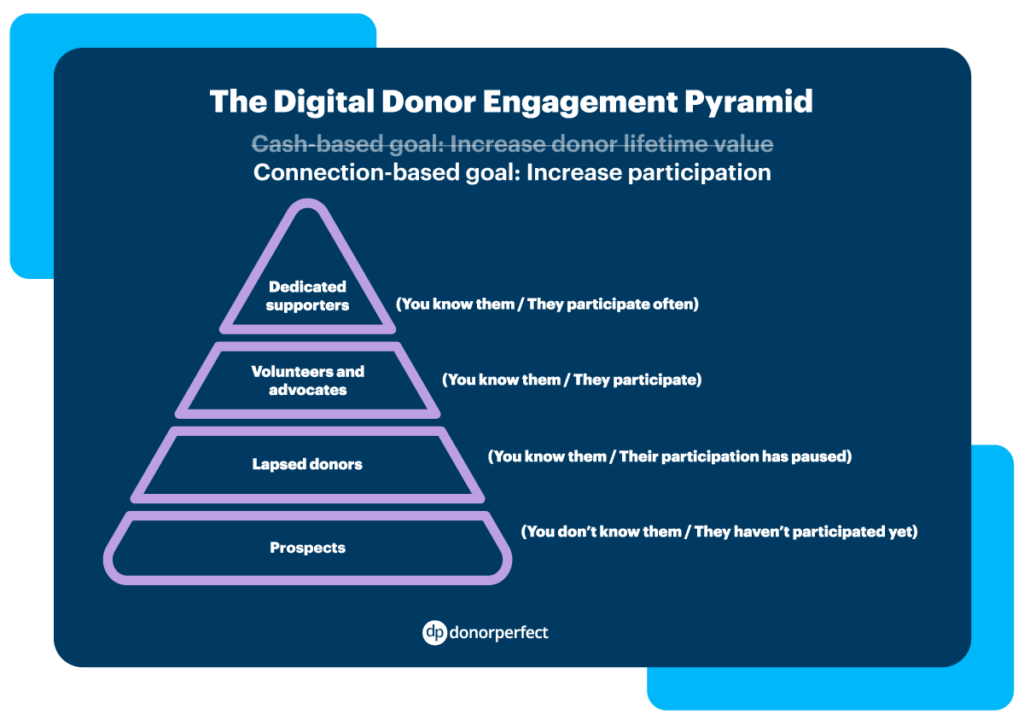
Learn more about this method of segmentation in our blog post, The Digital Donor Engagement Pyramid. For more modern engagement strategies, check out Donor Engagement Models for the Digital Age, available for free download!
Experts at GivingTuesday predict that an additional 7% of donors would have responded generously to solicitation if they had been asked recently. Your communication plan should include touchpoints before, during, and after your Giving Day that provide opportunities to engage and participate, whether they have money to give or not.
One way to ensure you’re providing enough opportunities is through automation features in your nonprofit CRM. For example, using a system like DonorPerfect, you can have specific events (like a new gift) trigger specific actions (like a thank-you call). You can schedule specific acknowledgments for donors, volunteers, and advocates – instead of a one-size-fits-all approach – using email templates and personalization features.
Want to dive deeper into the fundraising tools that can help you deliver a successful Giving Day? Our next blog in this series will do just that! Click here to keep reading.
